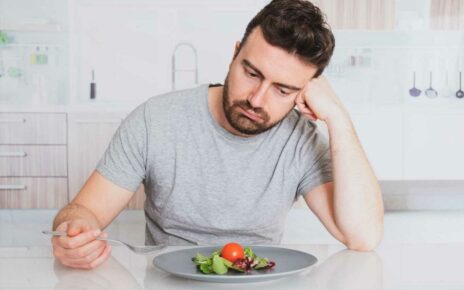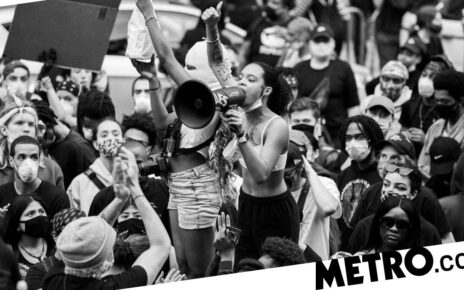THE Chancellor has announced today that income tax will be frozen until 2028.
It means that millions of households will be worse off under the tax change in today's Autumn Statement.
When you earn money you have to pay income tax on it – but only over a certain amount.
So how much can you make tax-free, and how much do you give to HMRC after that? We explain all.
Income tax is paid at different rates, depending on how much you earn – and some people pay nothing at all.
That's because there's something known as the personal allowance, which is an amount you can earn before you start paying income tax.
We explain how personal allowance affects your wages, and what you pay after that.
What is my personal allowance?
The personal allowance is the amount you can earn each year tax-free.
It can change from one year to the next and is set by the government.
In the current tax year – which runs from April 6 2022 to April 5 2023 – the figure is £12,570.
Most read in Money
Autumn Statement winners and losers – how it will affect you explained
Millions on benefits and Universal Credit will get new one-off £900 payment
Millions on benefits and Universal Credit to get pay rise of £600 next year
All the huge changes hitting millions on Universal Credit and benefits
However, this amount may be bigger or smaller if you claim certain allowances.
The marriage allowance is a tax break where one partner in a married couple can transfer some of their unused personal allowance to another.
And people with sight issues can get the blind person's allowance, which increases this tax-free amount.
But you don't get any personal allowance if you earn a very high salary.
Anyone earning over £125,140 a year pays income tax on all their earnings from the first £1 they make.
And anyone earning below that but over £100,000 gets a personal allowance that reduces by £1 for every £2 earned.
Income tax also applies to money you make outside of your job, not just your earnings.
But there are also some tax-free allowances on top of the personal allowance for these other sources of income.
You don't have to pay tax on savings interest, dividends and the first £1,000 of income if you are self-employed.
How do I calculate tax?
If you earn £12,570 or less, you currently pay no income tax.
On earnings between £12,570 and up to £50,270, you pay the basic income tax rate of 20%.
Wages of £50,271 and above are taxed at the higher rate of 40%.
And the additional rate of income tax, which applies to earnings above £150,000, is 45%.
The thresholds for income tax generally rise each year so that people can earn more without paying more tax.
But the thresholds are frozen until 2026, and could remain unchanged for longer under plans being put together by Chancellor Jeremy Hunt.
What changes have been made to income tax?
Before ex-Chancellor Kwasi Kwarteng's mini-Budget, workers in England, Northern Ireland and Wales were originally set to see the basic rate of income tax fall by one percentage point from 20% to 19% from April 2024.
But new Chancellor Jeremy Hunt then ruled out any cut to income tax.
During today's Autumn Statement, Mr Hunt extended the freeze on income tax until 2028.
The cancellation of the cut to income tax means that the average taxpayer will miss out on £170 in savings next year.
Data provided by Hargreaves Lansdown suggests that the 1p cut to the basic rate of income tax would have saved those earning £15,000 a year £24.30 a year.
Those earning £25,000 a year would have saved £124.30 and workers with incomes of £35,000 a year would save £224.30.
Those earning £50,000 a year would have saved £374.
How do I check my tax-free personal allowance?
Your tax-free personal allowance amount is usually reflected in your tax code, which can be found on your payslip.
The letter L in your tax code signals that you're entitled to the standard tax-free personal allowance.
Read More on The Sun
Oodie fans scramble to get their hands on new outdoor hooded blanket
I use bags of rubble to stop neighbours taking my parking space – they hate it
The letter M means you've transferred some of your personal allowance to your partner using the marriage allowance.
Meanwhile the letter N signals the opposite – you've received some of your partner's tax-free personal allowance.
Source: Read Full Article









